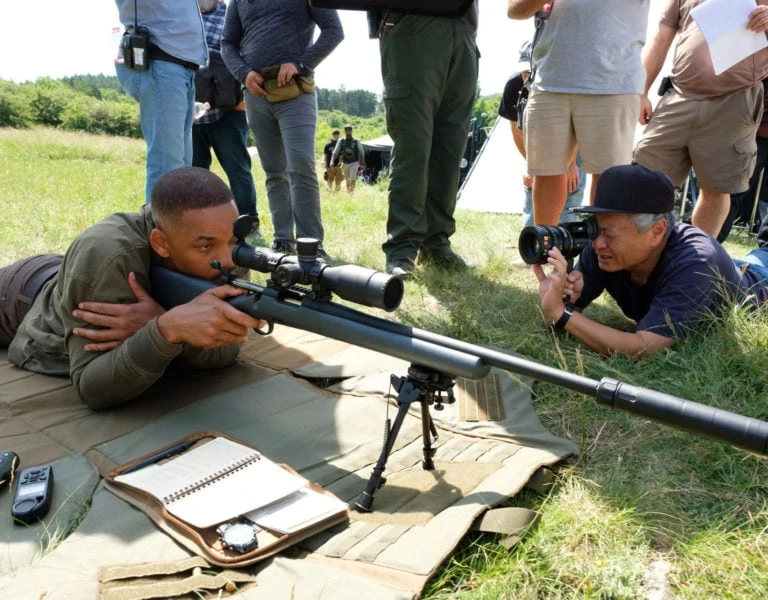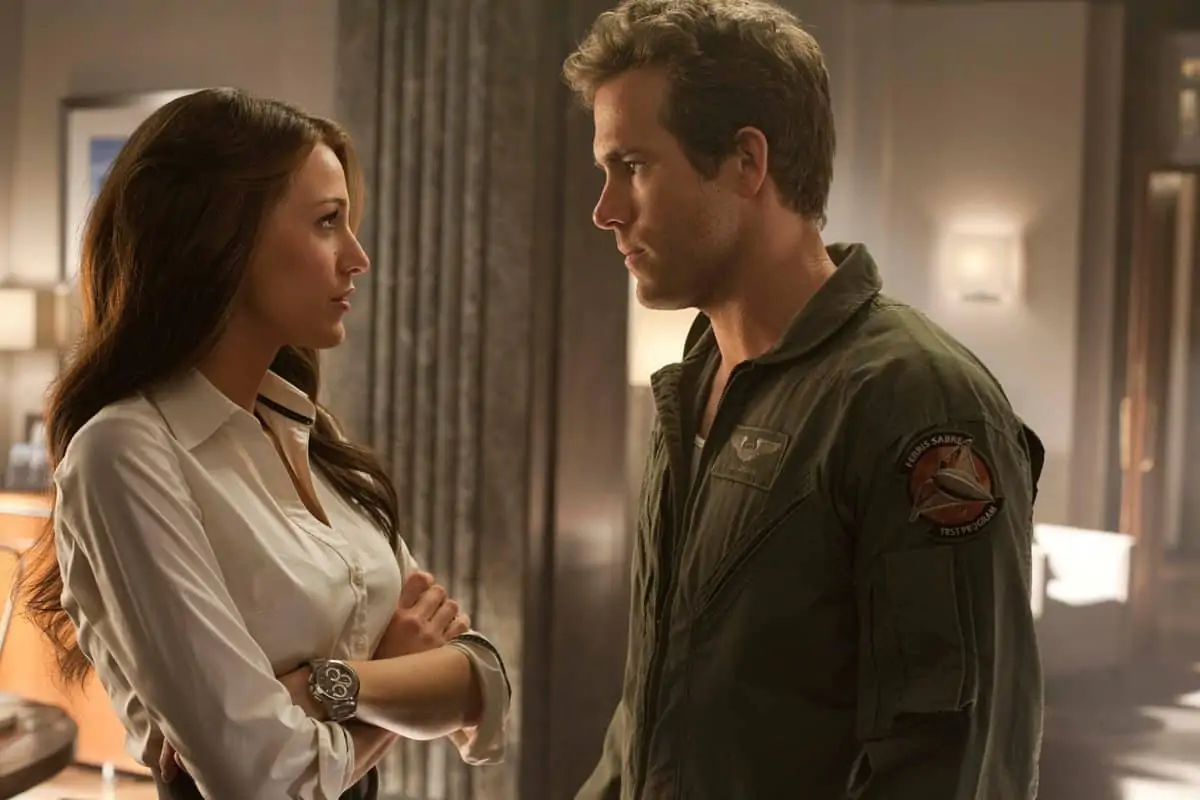Plot Thickens
Dion Beebe ACS ASC / Into the Woods
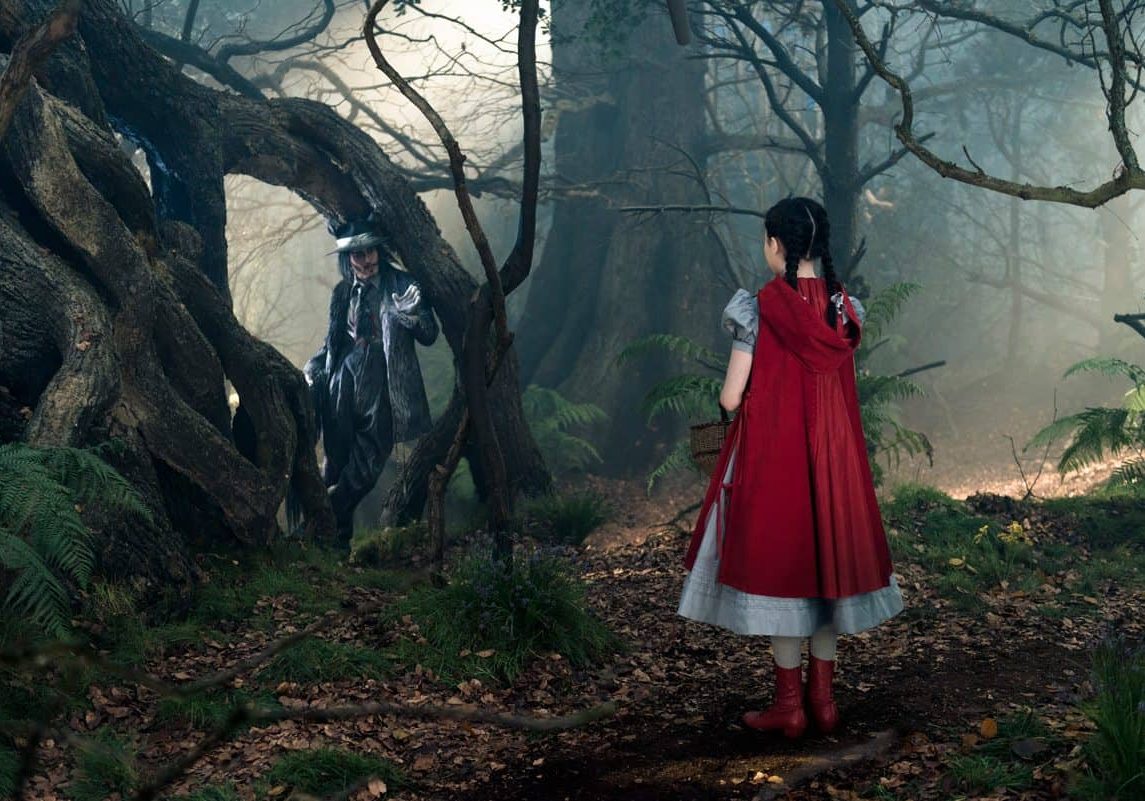
Plot Thickens
Dion Beebe ACS ASC / Into the Woods
Produced by Walt Disney Features and directed by Rob Marshall, Into The Woods is a musical that takes a dark look at fairy tales. Starring a list of well-known actors, including Meryl Streep, Tracey Ullman and Johnny Depp, Into The Woods was adapted from the eponymous Tony-winning Broadway musical by James Lapine and Stephen Sondheim.
It is also the latest work of cinematographer Dion Beebe ACS ASC, who has previously teamed-up with Marshall on Chicago (2002), Memoirs Of A Geisha (2005) and Nine (2009).
“Rob and I have a very long-standing relationship,” says Beebe. “This is our fourth collaboration and our third musical. With Rob, we start talking the moment he begins to contemplate a project.”
Beebe says two immediately realised that the approach they’d take would be different from the previous musicals. “With both Chicago and Nine, we accessed the musical aspect of those stories in quite a theatrical way,” he remarks. “The songs are performed almost in a proscenium. And, in both cases, our protagonist fantasised, and through this fantasy we entered the musical numbers.”
“In Into the Woods, the lyrics are the dialogue and the songs are almost spoken in dialogue,” he continues. “It doesn’t have the theatricality at its core like the other musicals.”
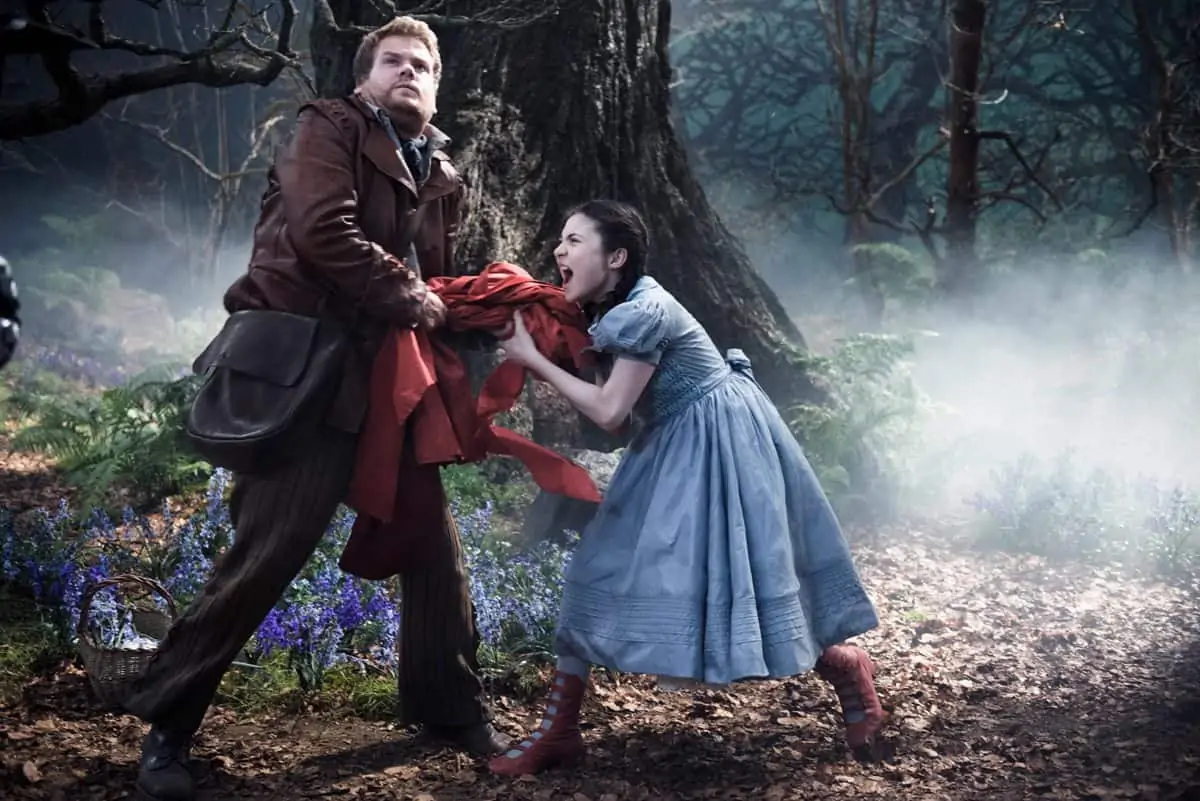
Beebe says he and Marshall looked at a wide range of references for the look of Into the Woods – but not other musicals. The goal was to identify the tone of the woods and the atmosphere of the movie.
“There are a lot of preconceived ideas and imagery that fairy tales suggest,” he says. “What was important to us was to reference the original Grimm tales, which were quite dark tales of caution. We really wanted to find the language to get back to this slightly darker, slightly foreboding sense of the fairy tales.”
“The palette we chose would affect all our other decisions in terms of wardrobe, fabric and also, very specifically, how it was lit,” he says. “We didn’t want this to be an overly-colourful world. We wanted the world to feel very real.”
They focussed first on the look of the woods, which would inform every other aspect of the movie. The crew built sections of the woods and Beebe shot many camera tests with characters, trying different colour references for tree bark, leaves, and ground.
The testing period is always very crucial for Beebe, who says he wants the look entirely defined – almost all the way to the DI process – by the time he starts shooting. In fact, his frequent colour grader, Mike Hatzer at Technicolor Los Angeles, came to London to do the pre-grades for him.
When it came to choosing the camera and format, Marshall and Beebe did discuss film. “All our past projects were film, and again I tested film and digital,” says Beebe. “The choice of digital – and this was our first digital film – came out of the quite dark palette of the woods. I needed the sensitivity of the digital ARRI Alexa XT to realise the lighting plan I had.”
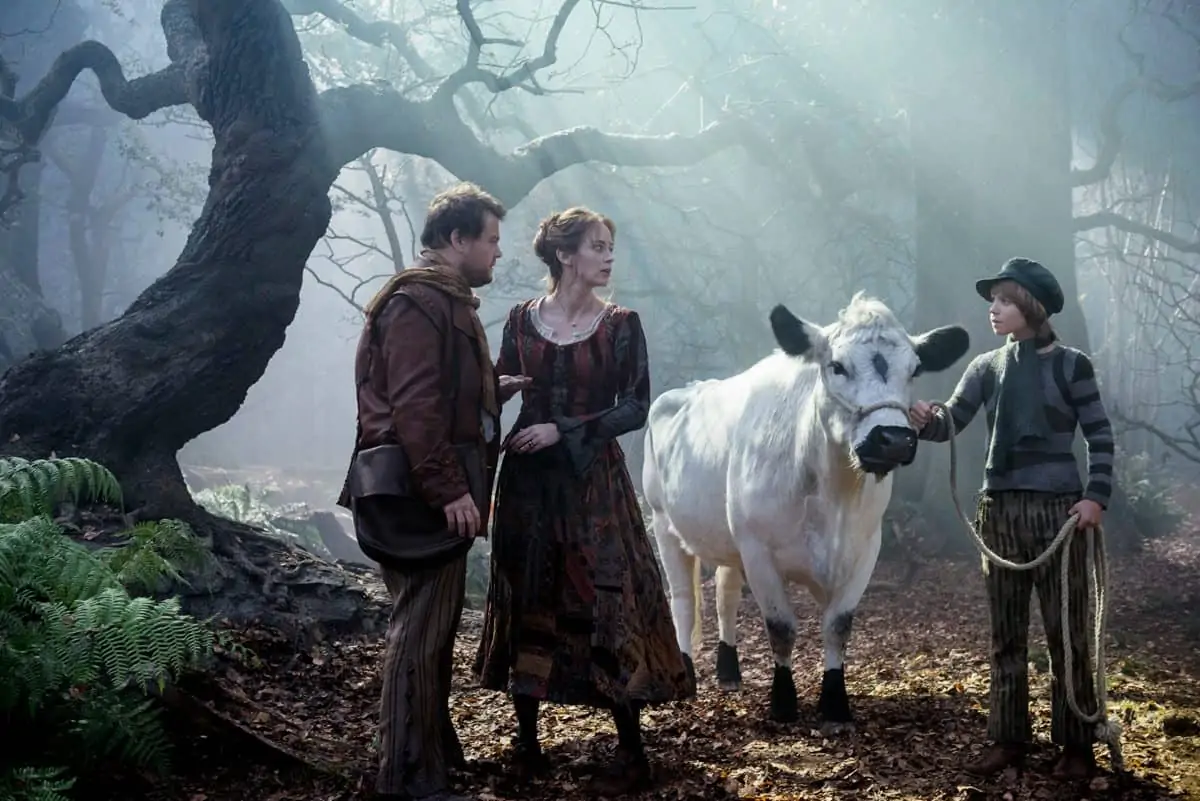
Beebe says he worked with Alexa on several commercials as well as on Gangster Squad. “For me, there’s a familiarity with its contrast ratios,” he says. “I understand its sensitivities more than other cameras and I like its range, especially the look at the lower end of the curve in the dark shadows.”
He shot ARRIRAW, recording to the camera’s built-in Codex system. He also decided on Anamorphic lenses, using Panavision G series primarily as well as some C series lenses. “We wanted that wide scope,” he says. “It was important for us that the woods feel vast.”
With regard to lighting, Beebe used a lot of directional light to create sunlight breaking through the forest canopy in the movie’s first two acts. “In order to achieve this, I needed multiple sources spread out over the entire stage so the direction of the light always felt the same and the angle of light was consistent from shot-to-shot,” he says. The only way he found he could achieve this was to use Vari-Lite computer-controlled theatrical lights; Beebe reports his gaffer Paul McGeachan rigged around 40 Vari-Lite VL 3500 washes.
“I had a great lighting team,” says Beebe. “There isn’t a shot in the film that isn’t lit. In order to bring this interior stage world to the woods and seamlessly combine that with our exterior location woods, I really needed to control every aspect of lighting. These two looks had to feel as one.” The woods were built on Shepperton Studios’ H Stage, and Beebe estimates that 70 percent of the movie was shot there.
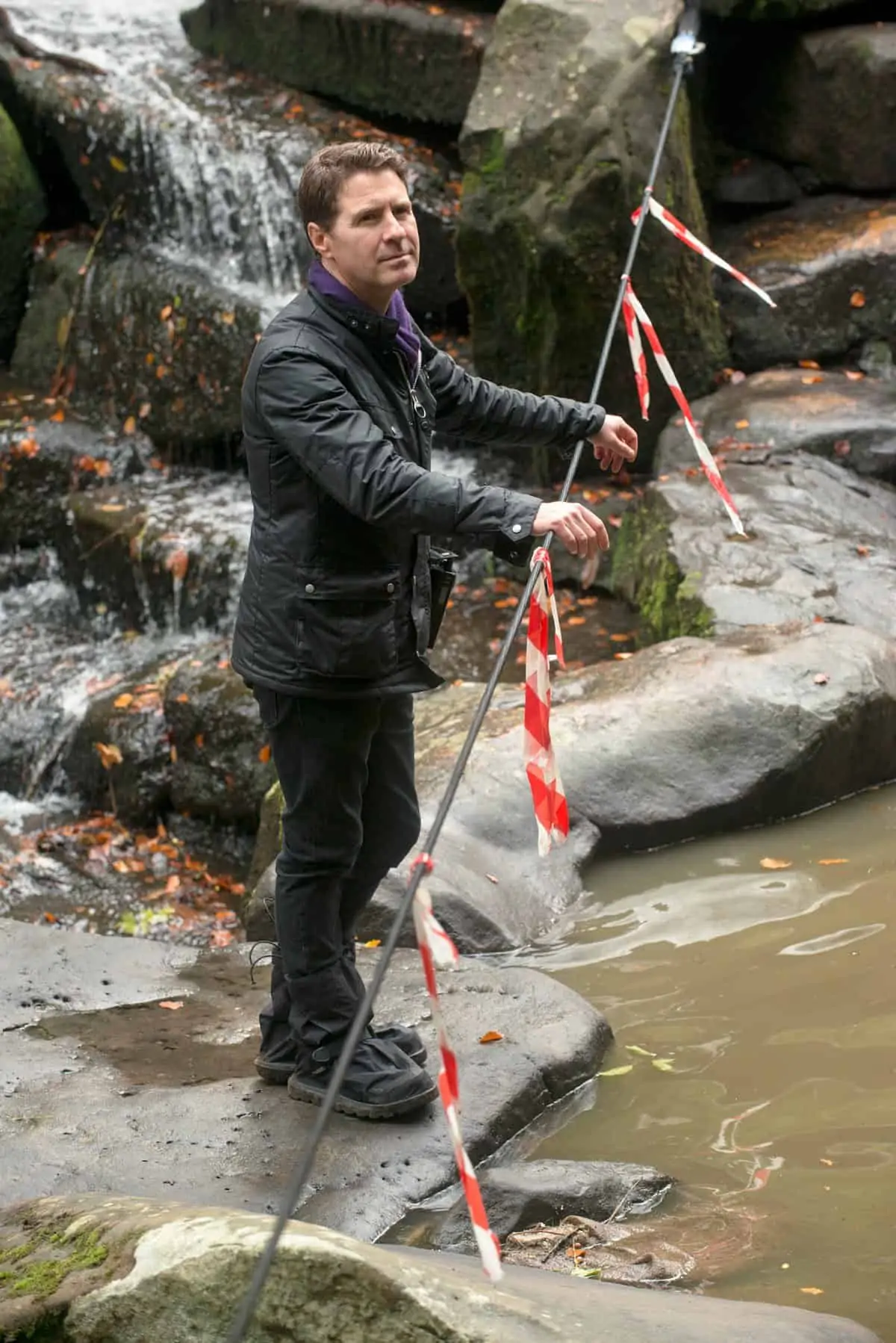
"We did dolly when we could, but we’d have to re-landscape the forest floor to do so. There was a lot of shovelling of dirt."
- Dion Beebe ACS ASC
The locations were great parks around London, including Windsor Great Park. “We went on location because it was necessary to feel the expanse of the world,” he explains.”
He points to a shot at the end of reel one when all the characters converge in one area of the woods, and a 50-foot Technocrane breaks above the canopy of the trees to see the full expanse of the world, with a castle in the distance. “This combination of location and studio work was really key in the design of the movie.”
Moving the camera, says Beebe, is “almost an instinctive process” for him and Marshall. “But Into The Woods was challenging because there are trees everywhere, so you can’t go for a straight line for very long before you hit a tree,” he says.
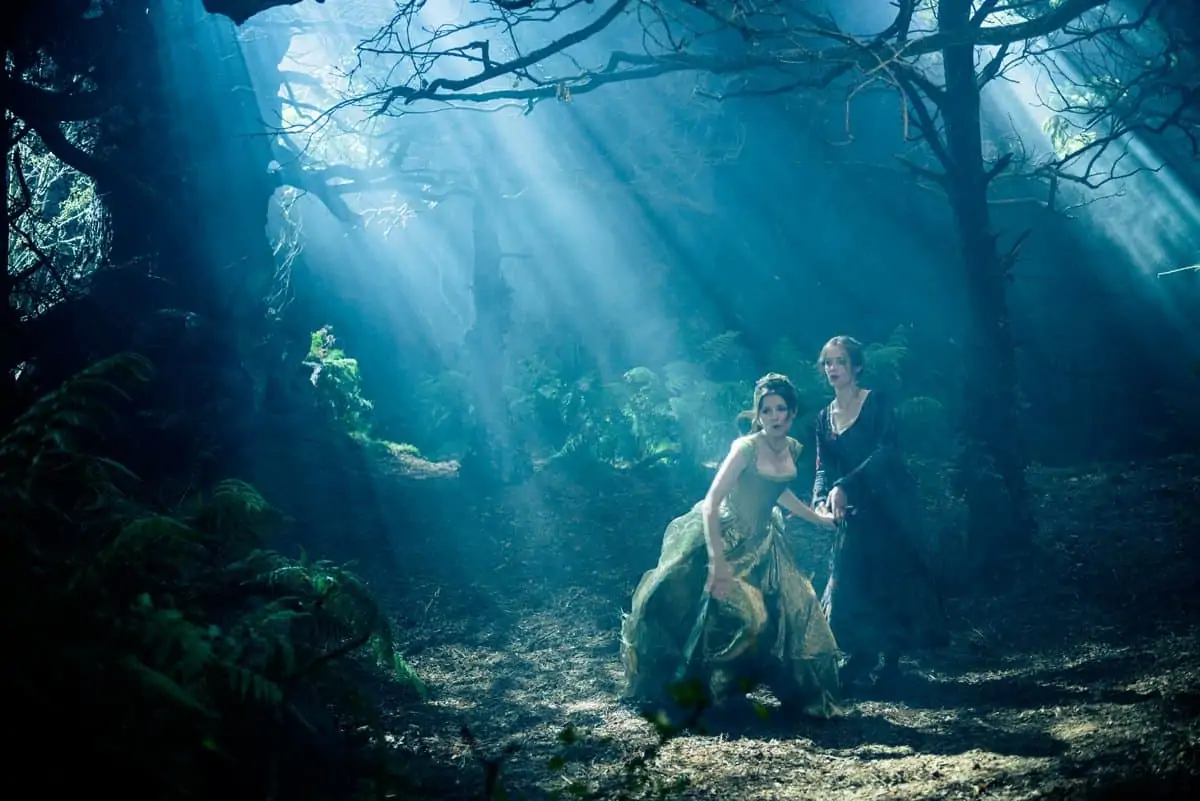
The solution was “a fair amount of Steadicam as well as Technocrane. “Often we couldn’t track because it was contoured to give our characters movement,” adds Beebe, who gives credit to his grip team led by Gary Hymns. “We did dolly when we could, but we’d have to re-landscape the forest floor to do so. There was a lot of shovelling of dirt.”
Nonetheless, he says, the camera never stops moving. “Rob and I like to work with this flow, almost like a dance, with rhythm,” he says. “We utilise that in the storytelling and it puts a lot of pressure on the grip team and the operators, Peter Robertson on A-camera and my brother Danien Beebe on B-camera.”
At the end, the 50-day shoot with a $40 million budget, was largely smooth sailing, based on teamwork, and starting at the top with Marshall and Beebe’s collaborative partnership.
“Rob and I have a great shorthand together,” Beebe concludes. “We really share a lot of aesthetics and a lot of similar approaches to storytelling. It’s all about choreography and Rob is very specific about that. It’s a great process.”
